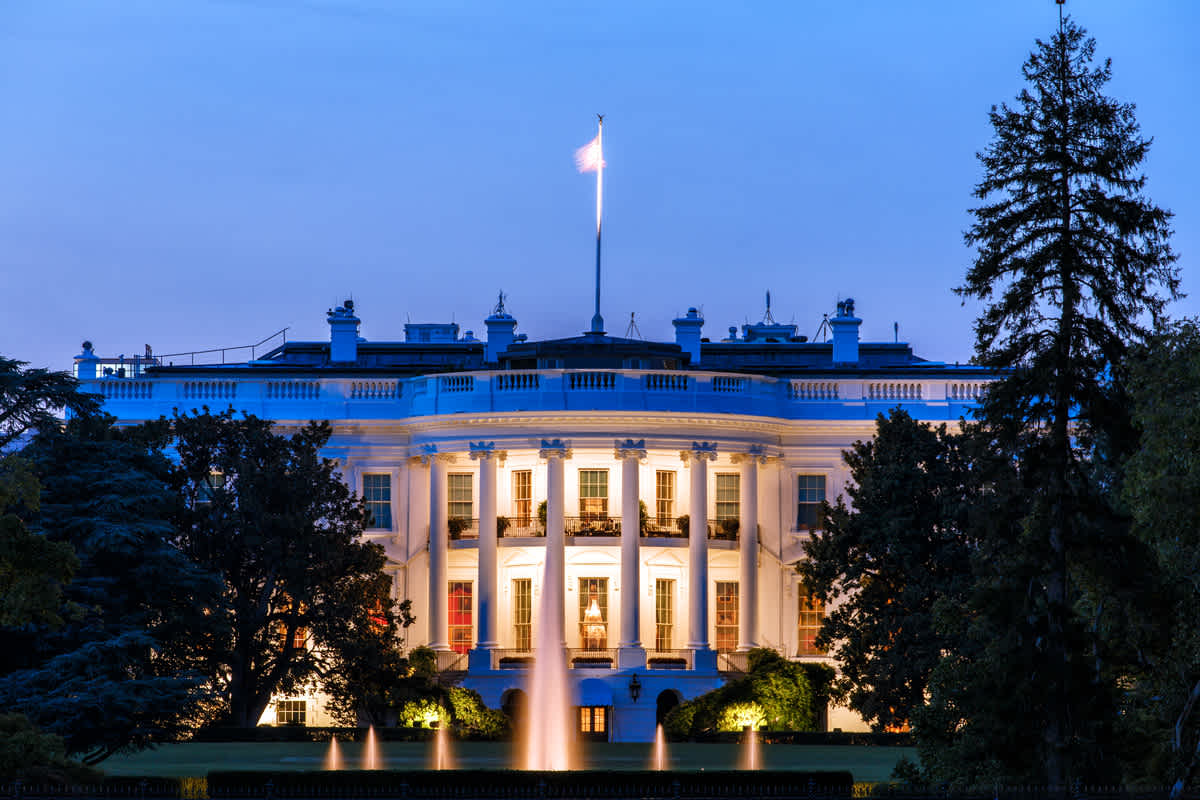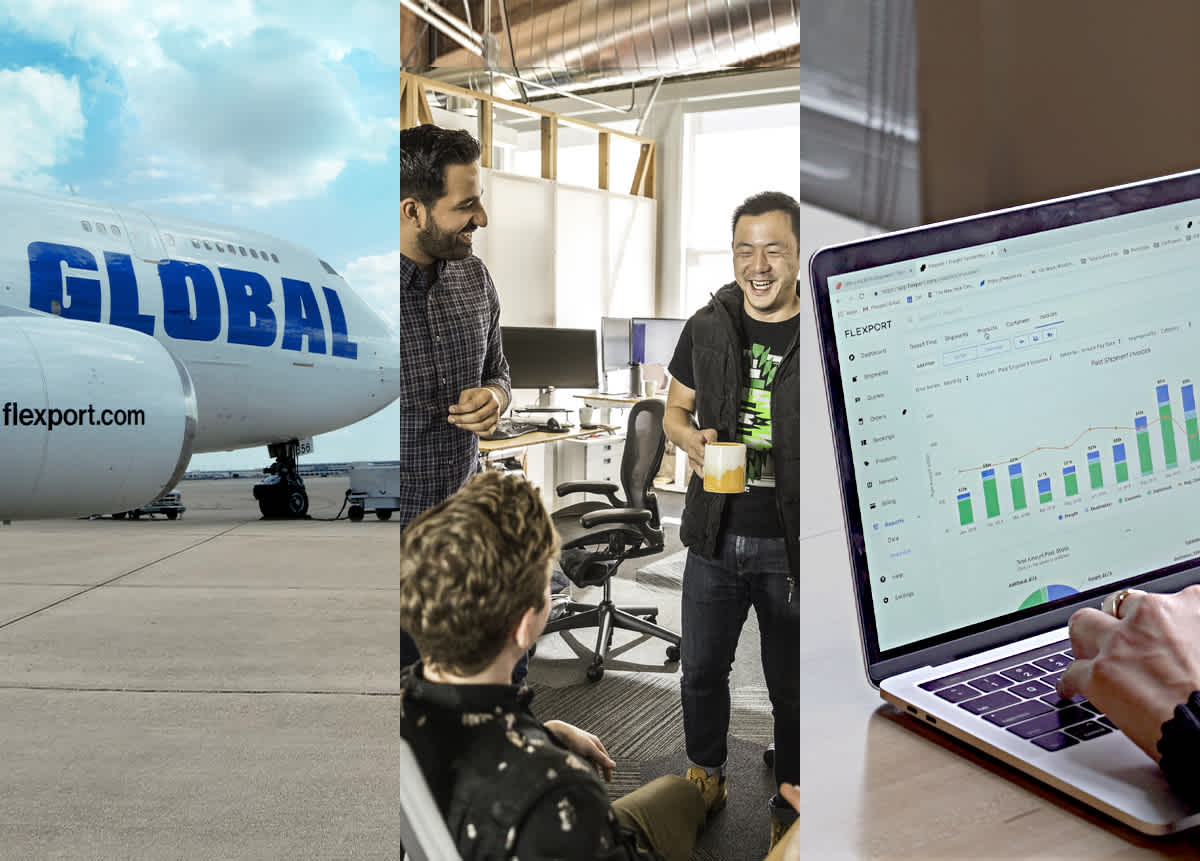
April 24, 2020
How the Rush to Deliver PPE Is Impacting Customs and Global Supply Chains
How the Rush to Deliver PPE Is Impacting Customs and Global Supply Chains
The demand for personal protective equipment (PPE) is immense. Standard healthcare practices require using a new N95 mask for each new patient, making it easy to see why the US Department of Health and Human Services estimates the US will need 3.5 billion masks for a pandemic lasting a year. Globally that figure will be far higher.
With that as the backdrop, Tom Gould, Flexport’s VP of Global Customs and Susy Schöneberg, Head of Flexport.org, spoke at a recent webinar covering the challenges of making and moving PPE, and how these efforts — along with the broader COVID-19 crisis — impact global supply chains and customs enforcement.
The Challenges of Accessing and Transporting PPE During COVID-19
At the root of the short supply of PPE for hospitals are several factors. Distributors don’t have inventory, and hospitals don’t have the relationships in place to buy directly from manufacturers. Making matters more difficult, many vendors are requiring down payments of 50% or more.
The challenges on the transport side are also serious. Half of global airfreight normally travels in the bellies of passenger planes that are now mostly not flying, creating its own unique set of issues. And once on the ground, it’s hard to accurately track hospital inventories to know where PPE is needed most
Perhaps most daunting are the requirements of navigating customs on both the export and import sides and complying with the unique regulations for medical devices. As Flexport CEO Ryan Petersen noted in his recent blog, international freight forwarders and customs brokerages have hundreds of thousands of employees working to scale trade compliance to allow all PPE to clear international borders around the world. But, onboarding the volume of suppliers is a laborious process.
Government agencies that regulate the import of PPE understand the desperate need for these items. Customs authorities are making efforts to release shipments as quickly as possible, especially for companies that can show evidence they have started required processes in a timely manner.
“The earlier you start your compliance process and the better documented it is, the more cooperative customs authorities tend to be,” said Gould.
Exporting from China
China is the primary contributor to the global supply of PPE, but after reports of quality issues earlier in the pandemic the country has tightened export regulations.
Now, factories need to be registered with the Chinese government to manufacture PPE. In addition, exporters must be licensed to export the products. The Chinese government also requires that Chinese factories meet the requirements of the country of import, including FDA requirements, in the case of the US. Consequently, PPE manufacturers tend to specialize in meeting the labeling and other requirements of a particular export market like the United States.
As Tom Gould advised during the webinar, if you’re working on PPE with factories in China, it’s best to start the process as early as possible. He also encourages careful research in finding partners that can meet all the regulatory requirements.
Importing into the US
The US is one of few countries where other government agencies — like the FDA — can impose requirements on customs. If the masks or other equipment being imported are intended for use in healthcare, the FDA requires registration of the manufacturer, seller (if not the manufacturer), the importer, and the products.
However, the FDA is responding to the crisis by loosening product registration requirements. Emergency Exception Authorizations (EUAs) may allow for the import of PPE that is:
- Certified to industrial (NIOSH) standards, even if expired
- Certified to the standards of certain other countries
- Authorized models of masks made by a list of manufacturers in China
- Not intended for medical use
In addition, certain charities now have the opportunity to import PPE duty free. We recommend talking to your customs broker about how to utilize these new duty-free options recently implemented by CBP.
Importing into the EU
While the EU has very similar quality requirements to the US, they are not enforced through customs. That means customs brokers or manufacturers don’t have to notify the government at entry about what the products are or their intended use. However EU regulations for PPE and medical devices still apply even if they are not enforced at the border by customs.
Certain charities and importers now have the opportunity to import PPE VAT and duty free. But as these rules are applied at the country level, we recommend talking to your customs broker on how you might utilize them.
Exporting PPE from the US
Recent presidential directives have created a temporary restriction on export of N95 and similar masks, PPE gloves, gowns, and certain other PPE items. These temporary new rules will be enforced by customs in communication with the Federal Emergency Management Agency's (FEMA).
Knowledgeable customs brokers can provide an up-to-date understanding to the exceptions to this rule.
Supply Chain Implications
Other industries—beyond those already using, making, importing, or regulating PPE—are affected by this crisis. Companies that usually make items ranging from T-shirts to hand creams are jumping in to help fill the need for PPE.
Availability of Cargo Space
The PPE crisis has exacerbated the already strained situation stemming from the pandemic.
In ocean freight, blank sailings and booking cancellations are spiking, and many companies are responding by utilizing fast vessels, priority cargo placement, or other premium ocean services to expedite their shipping. Combined sea-air routes are also effective for bypassing bottlenecks while controlling costs.
Warehouse limitations are another area of concern. The impact of the Coronavirus on labor, infrastructure, and schedules creates significant disruption. Some warehouses may be full, while others sit empty. Goods can easily sit at port with no drivers to claim them, while destinations may lack sufficient dock doors and workers to receive goods in the allotted time.
Air freight, as mentioned earlier, is under great stress from the loss of passenger flights. But carriers are starting to respond with aircraft repurposed for full cargo flights. Companies, meanwhile, are reacting to high prices and congestion by splitting shipments and opting for less congested inland or regional airports.
Customs Backlog
Customs, too, like other workplaces, is affected by the Coronavirus. CBP has confirmed more than 200 COVID-19 cases and many customs officials are working remotely. New transport players that are unfamiliar with procedures are entering the market. And requirements, as we’ve seen, are shifting rapidly. There’s also increased inspection of PPE along with COVID-19 test kits. All are factors contributing to a customs backlog and port congestion, problems that can be mitigated by working with an experienced customs broker and freight forwarder.
Looking Forward or What Do We Do Now?
The good news about the challenges is that awareness leads to taking positive actions. Flexport.org, for example, launched a COVID-19 disaster response plan in January. “The response from donors, state officials, hospital associations, and transport partners has been fantastic,” says Susy Schöneberg. Using chartered aircraft and other modes, Flexport.org has already delivered 60M+ units of PPE and medical supplies where they are badly needed.
Move ahead as Volatility Remains High
Logistics is even more challenging now, but Gould recommends several ways to keep your operations agile and robust.
Implement a steady cadence of cargo flows
- To set up proper processes with (new) suppliers
- To secure air freight capacity
- To help hospitals avoid challenges with receiving massive orders at once
Fully adhere to elevated customs and compliance standards
- Export and import regulations are being adjusted frequently
- Taking the high road allows for agile responses to change
- Authorities are more likely to support clearance if parties are registered
Minimize Risk from Port Congestion
Consignees looking to minimize risk from port congestion should keep options open. Below are five recommendations:
- Talk to your freight forwarder about securing off-dock storage or additional warehouse capacity.
- Ask your freight provider about the best way to address detention terms.
- Use slower ocean services or detention-in-transit products if storage capacity is tight.
- Explore alternative gateway ports facing less congestion.
- Track your demurrage and detention costs closely and avoid costly surprises.
Awareness of arrival times and container availability are more important now than ever. Remember, terminals will still charge storage fees if you are not able to take receipt of your cargo before the last free day—whether due to COVID-19 or some other reason.
For a fuller picture of how you can help make or move PPE as well as the broad implications of this crisis on your supply chain and business, watch the webinar on demand.



